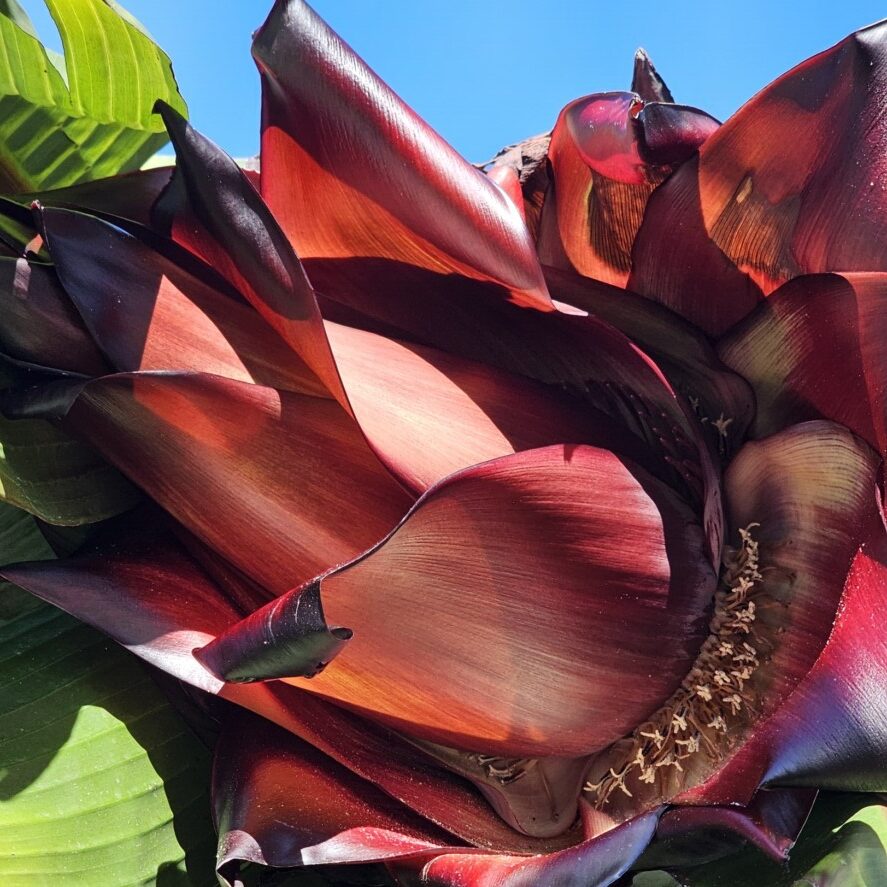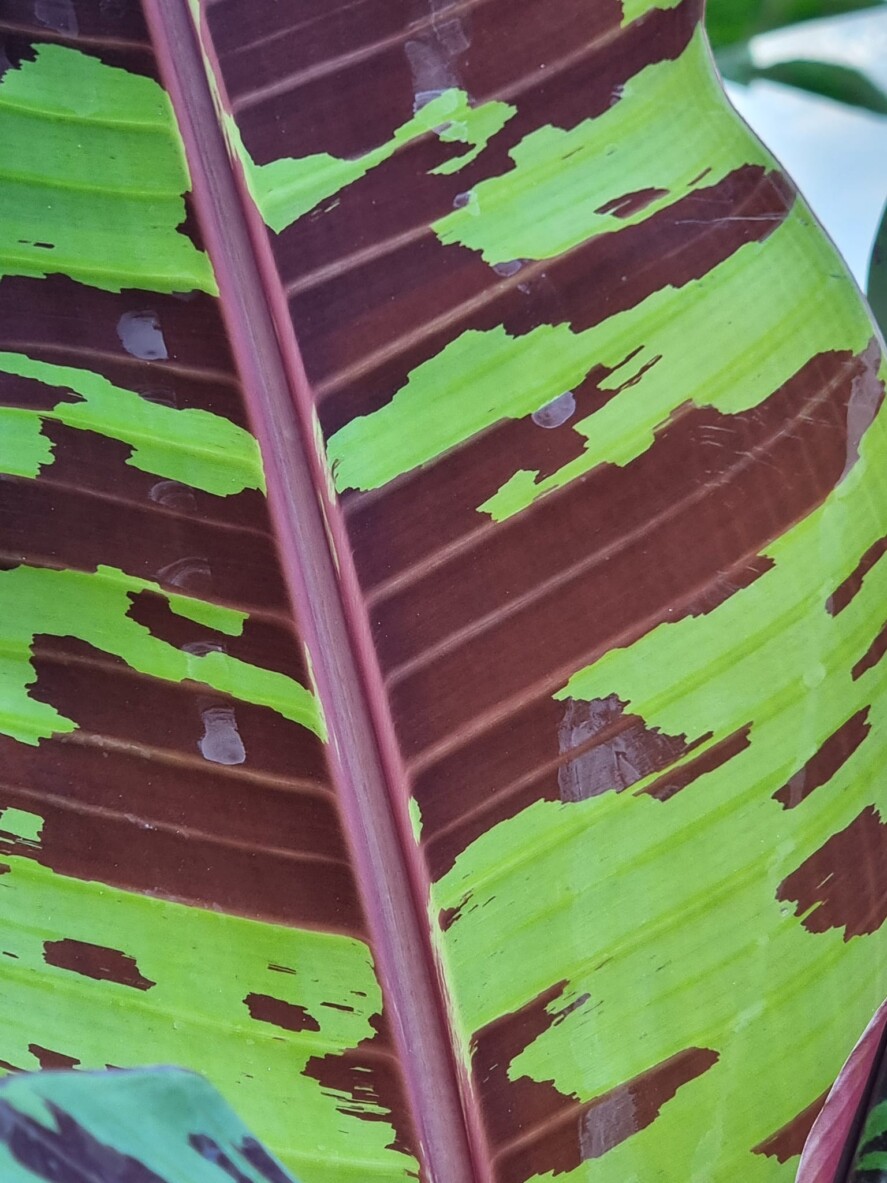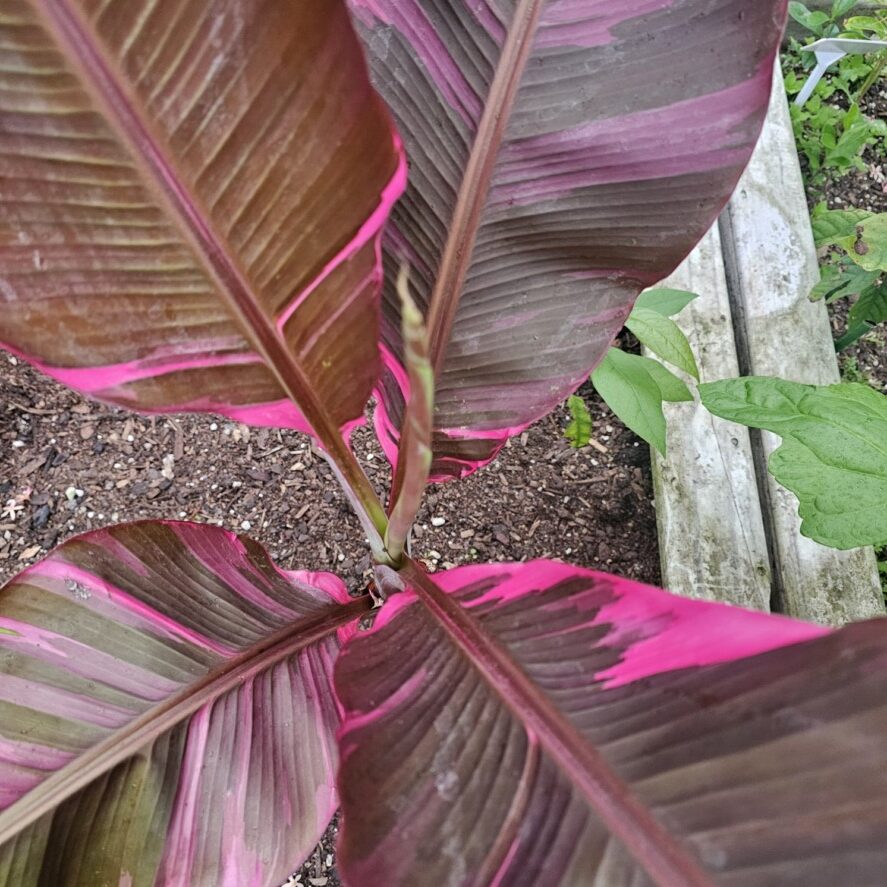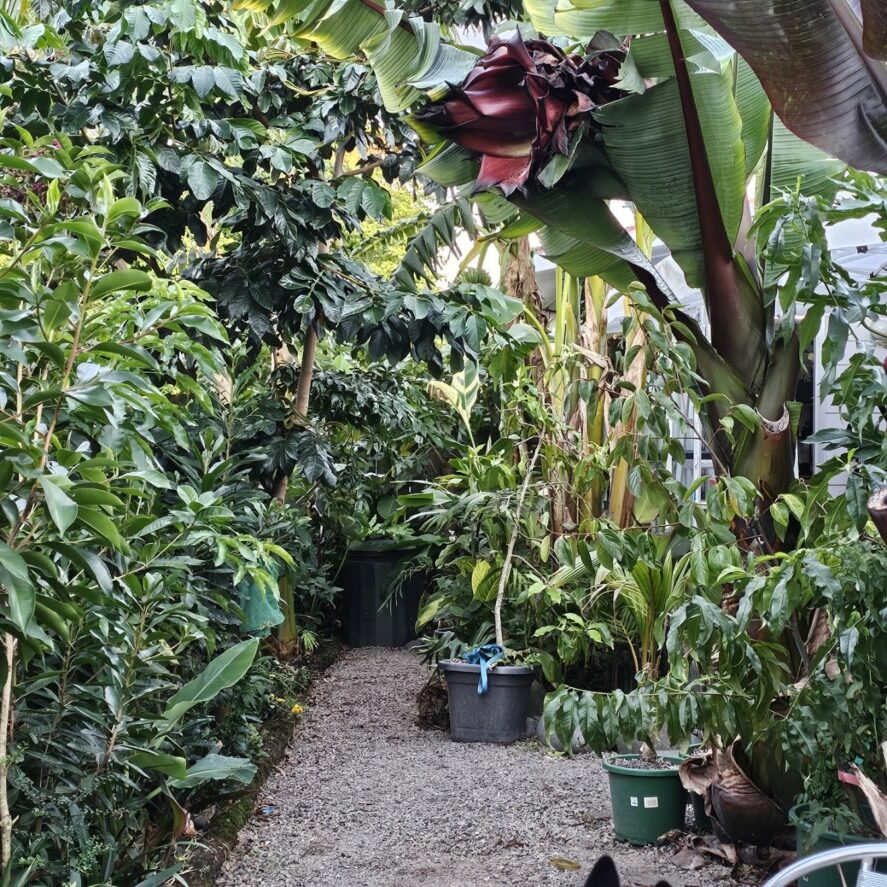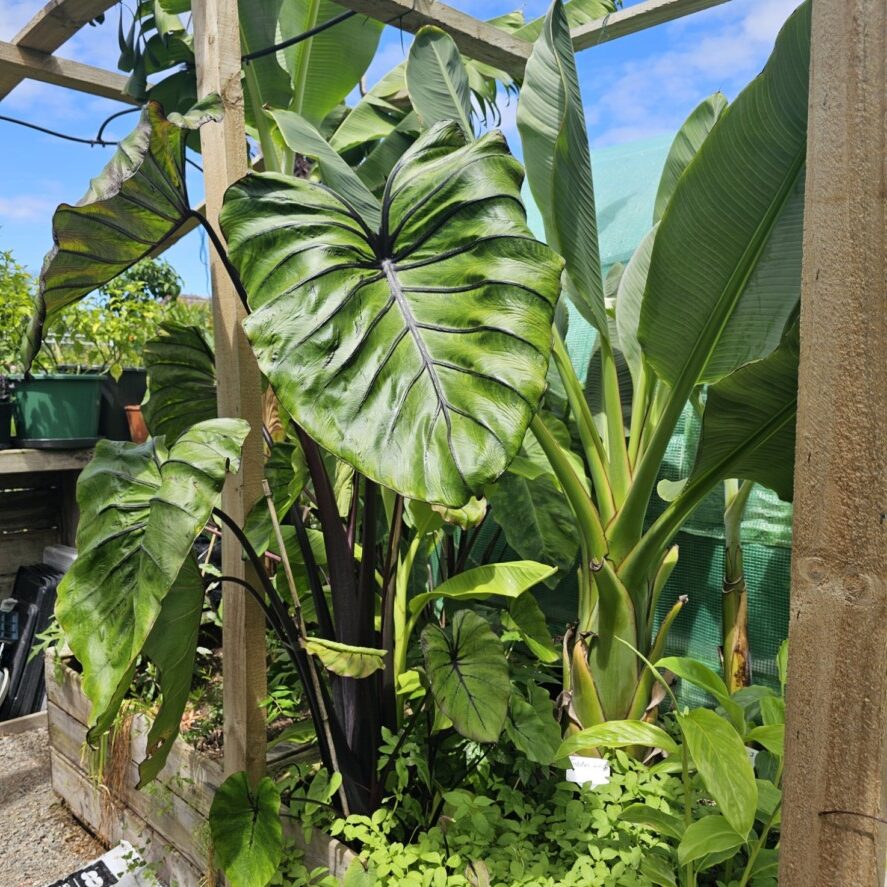Amorphophallus Konjac (Voodoo Lily) – The Exotic Edible with a Unique Bloom
There’s a fascinating plant that you might find intriguing: Amorphophallus Konjac, commonly known as the Voodoo Lily. This exotic edible is celebrated not only for its culinary potential but also for its strikingly unique bloom, which can reach impressive heights. While it can be toxic if consumed improperly, when prepared correctly, it offers a variety of health benefits, including being a great source of dietary fiber. In this post, you will discover everything you need to know about this remarkable plant, from its uses to cultivation tips.
Botanical Description
To appreciate the Amorphophallus konjac, also known as the Voodoo Lily, you must first understand its striking appearance. This fascinating plant is part of the Araceae family and is characterized by its unique inflorescence, which resembles a large, fleshy spike surrounded by a petal-like bract. The bloom rises prominently from the ground, enabling it to attract pollinators with its distinct odor. Its glossy, palmate leaves emerge after flowering, showcasing a rich green color that contributes to its exotic allure.
Plant Morphology
About the Voodoo Lily’s morphology, you will find that it typically grows from a large tuber that can weigh several kilograms. The plant can reach heights of up to 1.5 meters, displaying a thick, textured stem. The distinctive flower structure consists of a spadix and spathe, with the spathe often exhibiting a deep purple or brown color, which provides a striking contrast to its vibrant green foliage.
Growth Cycle and Flowering
Any gardener growing the Voodoo Lily will appreciate its fascinating growth cycle, which begins with dormancy during the winter months. As spring arrives, the tuber begins to sprout, leading to the emergence of the iconic bloom. Note that flowering usually occurs in late spring or early summer, fully developing over a period of several weeks before wilting away.
This unique flowering process is seasonal and rewards you with a striking display, albeit briefly. As the plant transitions from dormancy to growth, it develops a large, fleshy inflorescence that can emit a strong odor, often likened to rotting meat. This smell serves to attract specific pollinators, allowing for reproduction. Once the flower has completed its cycle, the plant then produces large, umbrella-like leaves that can last throughout the growing season before eventually dying back, returning to dormancy. Engaging with the life cycle of the Amorphophallus konjac brings you closer to understanding its remarkable place in the natural world.
Natural Habitat and Distribution
There’s a fascinating world where the Amorphophallus konjac thrives. This remarkable plant is native to the forests of Southeast Asia, primarily found in countries like Japan, China, and Indonesia. You may find it growing in rich, moist soil, often in shaded areas under the canopy of larger plants, showcasing its unique adaptation to its native environment.
Geographic Origins
Beside Southeast Asia, the Voodoo Lily has become popular in various regions for ornamental purposes. It’s now cultivated in different parts of the world, particularly where conditions mimic its natural habitat, allowing gardeners and plant enthusiasts to appreciate this exotic specimen.
Growing Conditions
At your home, growing the Amorphophallus konjac requires specific conditions to flourish. This plant prefers well-drained soil, rich in organic matter, and thrives in a humid environment. You should place it in partial shade to replicate its natural habitat, ensuring it receives indirect sunlight.
But, achieving the right growing conditions can be challenging. You need to maintain a consistent supply of moisture without waterlogging the soil. Additionally, utilizing a mulch layer can help retain moisture and regulate temperature. Be cautious—if you provide too much sunlight or inadequate moisture, your Voodoo Lily may suffer, hindering its stunning growth and unique bloom. By mimicking its natural habitat, you can successfully cultivate this exotic edible plant and enjoy its remarkable characteristics.
Cultivation and Care
Even though Amorphophallus konjac, or Voodoo Lily, boasts a distinctive appearance, it thrives with relatively simple care. You should provide it with well-draining soil and a warm, humid environment resembling its native tropical habitat. With the right conditions, you will be rewarded with its stunning and unique bloom that attracts attention in any garden.
Planting Requirements
Around your chosen planting area, ensure the soil is rich in organic matter, ideally acidic to neutral, with good drainage. Plant your Voodoo Lily bulbs about 4 inches deep and 2 feet apart to prevent overcrowding. Water them well after planting, and they will need indirect sunlight to bloom vibrantly during the growing season.
Maintenance and Propagation
After your Voodoo Lily establishes itself, you should focus on keeping the soil consistently moist but not waterlogged. To propagate, divide the tubers in dormant season, typically in late autumn. Be cautious when handling your plants, as the sap can be irritating to sensitive skin. Additionally, be prepared for the unexpected scent of its bloom, which can be quite off-putting to many.
Consequently, proper care ensures your Voodoo Lily not only survives but flourishes. Keeping the soil temperature above 60°F will encourage vigorous growth. Fertilize sparingly during the growing season using a balanced fertilizer, as too much can harm your plant. Be advised that the tubers are edible, however, they must be prepared correctly to avoid any toxic effects that raw consumption can cause. This exotic plant can be a stunning addition to your garden, provided you take the appropriate precautions.
Culinary Applications
All parts of the Amorphophallus konjac, especially its tuber, have significant culinary uses, mainly in Asian cuisine. Known notably for its low-calorie content, konjac is often processed into flour or noodles, offering a versatile ingredient for various dishes. The unique texture and ability to absorb flavors make it a great addition to soups, salads, and stir-fries, adding a delightful chewiness without the extra calories.
Traditional Uses
One of the traditional uses of konjac in Asian cultures includes its incorporation into jellies and desserts, commonly enjoyed for its unique texture. In Japan, it’s known as “konnyaku,” and is often found in hot pot dishes and as a dietary staple for health-conscious individuals.
Modern Preparations
Beside its traditional uses, today’s culinary trends have expanded the applications of konjac. You may find it in various product forms, from konjac rice to konjac pasta, reflecting a shift towards healthier eating without sacrificing satisfaction.
Understanding the modern preparations of konjac means recognizing its popularity among those seeking to reduce carbohydrate intake. Low in calories but high in fiber, konjac products can effectively aid in weight management. However, it’s imperative to note that konjac is best consumed with caution, as improper preparations and excessive intake may cause digestive issues. To reap the positive benefits, utilizing konjac in moderation and ensuring it’s properly cooked or prepared will allow you to enjoy this exotic ingredient safely.
Nutritional Value
Many individuals are drawn to Amorphophallus konjac, or Voodoo Lily, not only for its striking appearance but also for its impressive nutritional profile. This exotic edible contains a high concentration of dietary fiber, particularly glucomannan, which can aid digestion and promote a feeling of fullness. Low in calories and rich in important minerals such as calcium, magnesium, and potassium, konjac offers a healthy addition to your diet, especially if you are seeking plant-based options.
Health Benefits
Between its unique composition and fiber content, konjac can aid in reducing cholesterol levels, managing blood sugar, and promoting weight loss. The soluble fiber can help in slowing glucose absorption, making it an excellent food for those monitoring their blood sugar. Additionally, its natural ability to absorb water can prevent constipation and support a healthy digestive system.
Dietary Considerations
Along with its many benefits, it’s important to be mindful of how you incorporate Amorphophallus konjac into your diet. While it is generally safe, consuming it in excess can lead to digestive upset. Additionally, if you have a soy allergy, be cautious as some products may contain soy-derived ingredients.
Benefits of adding Amorphophallus konjac to your diet include its high fiber content, which can support digestion and help control appetite. However, the gel-like substance formed when it absorbs water can cause blockages in the throat or digestive tract if not consumed with ample liquid. Ensure you understand the proper preparations and formations when incorporating this exotic ingredient into your meals, maximizing its nutritional values while minimizing potential risks.
Cultural Significance
After centuries of cultivation, the Amorphophallus konjac, or Voodoo Lily, has emerged as more than just an unusual plant; it holds profound significance in Asian cultures. Frequently featured in traditional ceremonies, its striking inflorescence symbolizes beauty and life, while also representing the complex cycle of nature. You may find it celebrated in festivals, where its unique characteristics spark curiosity and intrigue among locals and visitors alike.
Historical Usage
Among the many uses of Amorphophallus konjac, its roots have been an imperative food source in various Asian cuisines for centuries. The starchy corm is often processed into flour or noodles, giving rise to dishes like konjac noodles, popular for their low-calorie and high fiber content. You can appreciate its versatile nature as it continues to contribute to sustainable food practices.
Medicinal Applications
Between its culinary applications, Amorphophallus konjac also boasts a history of medicinal use in traditional medicine. Known for its properties, it has been utilized to support digestive health and weight management. You might find the plant valued for its potential to enhance your overall well-being.
Hence, Amorphophallus konjac is recognized for several medicinal properties that can benefit your health. It contains glucomannan, a natural dietary fiber known to promote satiety and aid in weight loss. This plant’s fiber can also enhance digestive health by regulating blood sugar levels, making it a compelling option for managing diabetes. However, be cautious, as consuming the raw corm can be toxic if not prepared correctly. Always consult with a health professional before integrating it into your dietary regimen.
Final Words
So, as you explore the fascinating world of Amorphophallus konjac, or Voodoo Lily, you’ll discover a plant that is not only captivating due to its unique bloom but also holds culinary benefits. Your understanding of this exotic edible can enhance your culinary adventures, and its uses in traditional medicine may further pique your interest. Whether you’re drawn to its striking appearance or its health properties, integrating Voodoo Lily into your life can be both satisfying and enlightening. Embrace the opportunity to learn more about this remarkable plant and its myriad possibilities.

